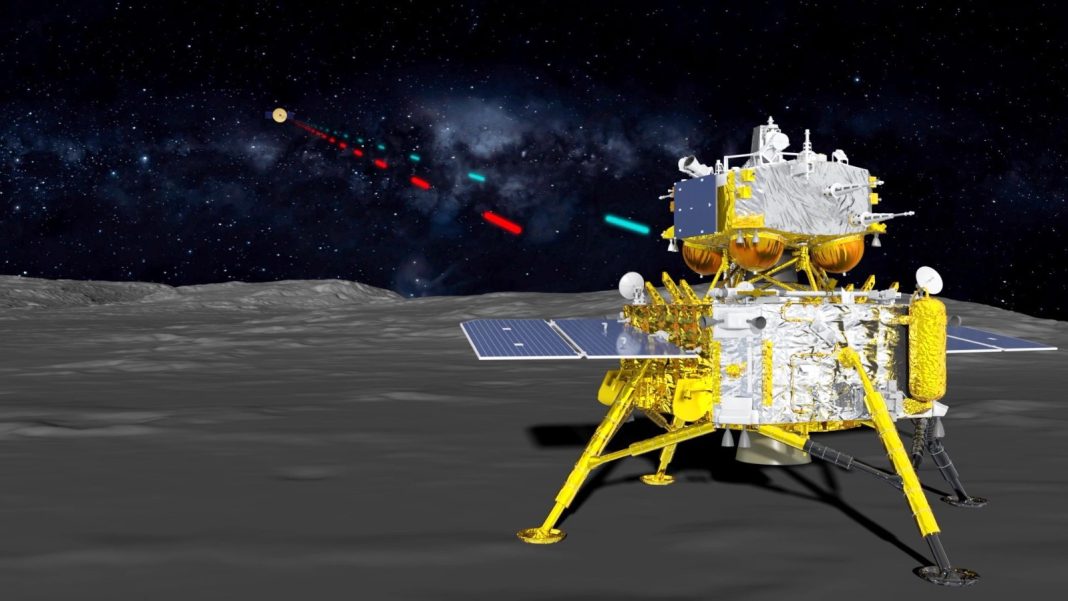BEIJING: The development of in-orbit detectors for a joint China-Europe space mission has been completed, and they are poised for integration into a satellite platform located in Europe within the year, according to the mission’s chief scientist.
The Solar wind Magnetosphere Ionosphere Link Explorer (SMILE) is a joint mission between the Chinese Academy of Sciences (CAS) and the European Space Agency (ESA) that aims to deepen the understanding of the connection between Earth and the sun by observing the dynamic interaction between solar wind and the Earth’s magnetosphere.
SMILE is scheduled for launch in 2025 from Europe’s spaceport in Kourou, French Guiana, said Wang Chi, director of the National Space Science Center (NSSC) of CAS, at the first International Conference on Space Science and Technology, hosted by Beijing Institute of Technology, on Saturday.
At the meeting, Wang highlighted China’s forward-looking agenda for its space exploration, emphasizing pioneering research into dark matter and gravitational waves in space, the search for habitable planets and signs of alien life, and the advancement of space-based biological and physical science.
Wang unveiled the Hongmeng project, also known as Discovering the Sky at the Longest Wavelengths (DSL), which is an innovative endeavor set to open a window on the Dark Ages of the universe using megahertz-level radio waves. The mission is designed to include one mother satellite and nine daughter satellites operating in a 300-kilometer circular lunar orbit, Wang said.
Also on the roadmap for China’s deep-space exploration, the Earth 2.0 mission will see an array of telescopes sent into the Earth-Sun L2 orbit to explore habitable, Earth-like planets outside the solar system. –The Daily Mail-CGTN news exchange item






